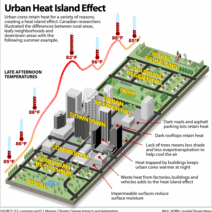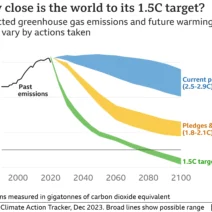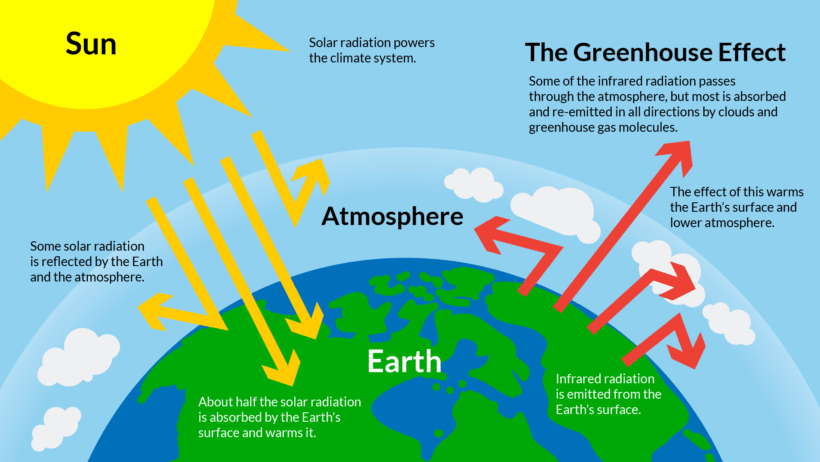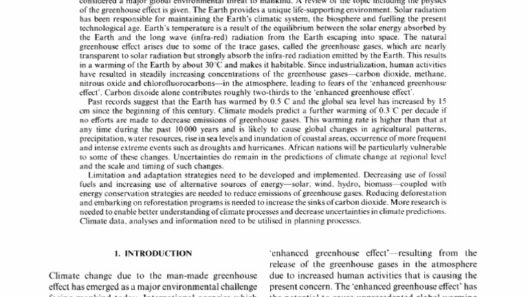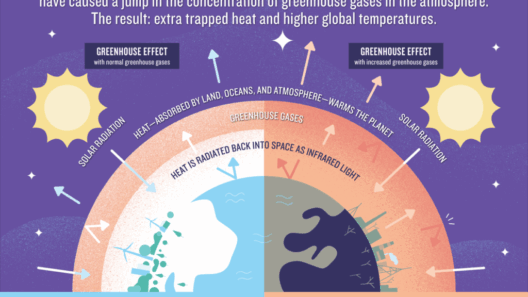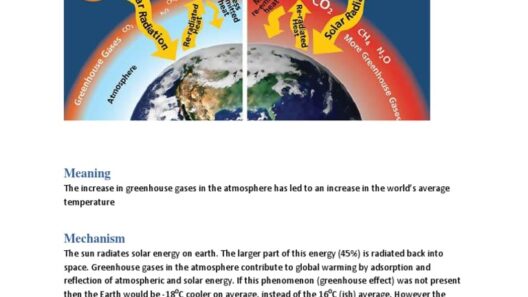The greenhouse effect is a natural phenomenon that plays a crucial role in sustaining life on Earth. It is primarily the result of greenhouse gases (GHGs) trapping heat in the Earth’s atmosphere, allowing the planet to maintain temperatures conducive to life. However, the increasing concentration of these gases due to human activities has raised significant concerns regarding climate change and its far-reaching impacts.
Understanding the greenhouse effect requires a deeper exploration of its definition, the mechanisms involved, and the implications of greenhouse gases on our environment.
Unveiling the Greenhouse Effect: A Definition
At its core, the greenhouse effect refers to the process by which certain gases in the Earth’s atmosphere, known as greenhouse gases, absorb and emit infrared radiation. This effect is analogous to a greenhouse structure that allows sunlight to enter while preventing heat from escaping, thereby maintaining a warm environment. Key gases involved in this process include carbon dioxide (CO2), methane (CH4), nitrous oxide (N2O), and water vapor.
When solar radiation reaches the Earth’s surface, it is converted into heat. Some of this heat is reflected back into space, while the majority is trapped by GHGs, thereby warming the atmosphere. In the absence of this natural greenhouse effect, the Earth would be inhospitably cold, with an average temperature plummeting to around -18°C (0°F). Instead, thanks to the greenhouse effect, the average temperature is a more hospitable 15°C (59°F). Thus, the greenhouse effect is essential for life as we know it.
The Role of Greenhouse Gases: Key Players
Greenhouse gases are vital to understanding the greenhouse effect and include both natural and anthropogenic (human-made) components. Here is a closer look at the primary players:
Carbon Dioxide (CO2): Released through burning fossil fuels, deforestation, and various industrial processes, CO2 is the most significant long-lived greenhouse gas in the atmosphere. Its large-scale emissions exacerbate the greenhouse effect and contribute to global warming.
Methane (CH4): This gas is released during the production and transport of coal, oil, and natural gas, as well as from livestock and other agricultural practices. Although it remains in the atmosphere for a shorter duration than CO2, methane is over 25 times more effective at trapping heat within a 100-year timeframe.
Nitrous Oxide (N2O): Emitted from agricultural and industrial activities, as well as during the combustion of fossil fuels and solid waste, nitrous oxide is a potent greenhouse gas with a global warming potential approximately 298 times that of CO2 over a century.
Water Vapor: The most abundant greenhouse gas, water vapor, plays a crucial role in the natural greenhouse effect. It amplifies the warming caused by other greenhouse gases but exists in the atmosphere primarily in equilibrium with temperature rather than through direct human activity.
Understanding these gases and their sources is imperative, as effective measures to combat climate change hinge on reducing the emissions of these harmful substances.
The Impact of the Greenhouse Effect: Consequences for Earth
While the greenhouse effect is essential for life, enhanced greenhouse effect—caused by increased levels of greenhouse gases due to human activity—has devastating implications for the Earth’s climate.
Global Warming: The most significant impact of the greenhouse effect is global warming. The enhanced greenhouse effect leads to rising temperatures globally, which can cause severe weather patterns, disrupted ecosystems, and altered habitats.
Ocean Acidification: Elevated CO2 levels are absorbed by oceans, resulting in ocean acidification. This process reduces the ocean’s pH, adversely affecting marine organisms, particularly those that rely on calcium carbonate for their shells and skeletons, such as corals and shellfish.
Melting Ice and Rising Sea Levels: The warming planet is causing polar ice caps and glaciers to melt at unprecedented rates, contributing to rising sea levels. This phenomenon threatens coastal communities and ecosystems, leading to increased flooding and loss of habitat.
Disrupted Weather Patterns: The greenhouse effect influences atmospheric circulation and weather patterns, leading to more frequent and severe weather events, including hurricanes, droughts, and heavy rainfall. Such disruptions can have catastrophic consequences for agriculture, water supply, and biodiversity.
Threats to Biodiversity: Rising temperatures and changing ecosystems can drive many species to extinction. Altered habitats may render them unsuitable for native flora and fauna, disrupting ecological balance.
Mitigation Strategies: Addressing the Greenhouse Effect
Addressing the challenges posed by the enhanced greenhouse effect necessitates comprehensive strategies aimed at reducing emissions and enhancing resilience against climate change. Essential strategies include:
Transitioning to Renewable Energy: Shifting from fossil fuels to renewable energy sources like solar, wind, and hydropower can significantly reduce CO2 emissions, thereby mitigating the greenhouse effect.
Promoting Energy Efficiency: Implementing energy-efficient technologies in industries, homes, and transportation can help lower energy consumption and reduce greenhouse gas emissions.
Restoring and Preserving Forests: Forests act as carbon sinks, absorbing CO2 from the atmosphere. Protecting existing forests and engaging in reforestation efforts can enhance carbon sequestration.
Encouraging Sustainable Agriculture: Implementing sustainable agricultural practices can reduce emissions from livestock and fertilizers, while also promoting soil health and biodiversity.
Advocating for Policy Changes: Governments must enact policies and regulations to limit greenhouse gas emissions, invest in sustainable technologies, and promote climate education to raise awareness and empower communities to take action.
The greenhouse effect is a double-edged sword; while it is a vital natural process, its exacerbation by human actions poses significant challenges for our planet’s future. Understanding this phenomenon, its causes, and its impacts is the first step toward mitigating its adverse effects and ensuring a sustainable environment for generations to come.
